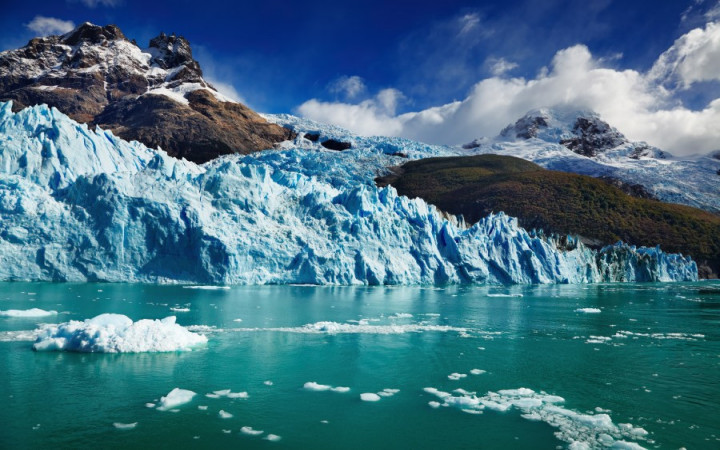Today’s Wonder of the Day was inspired by Marley. Marley Wonders, “What are Glaciers?” Thanks for WONDERing with us, Marley!
What images come to mind when you think of the Ice Age? Woolly mammoths? Saber-tooth tigers? An endless snow-white landscape?
Those things and more probably come to mind. Many picture huge mountains of ice slowly inching across the ground, flattening everything in their path. What are we talking about? Glaciers, of course!
The Ice Age is long gone. In fact, scientists these days warn that the Earth is steadily getting warmer. In today’s world, do glaciers still exist?
You bet they do! In fact, glaciers can be found on every continent except Australia. Most of the world’s glaciers are located near the North and South Poles, especially Antarctica and Greenland.
Glaciers can be located anywhere the right conditions exist. Areas with high snowfall in winter followed by cool temperatures in summer are prime locations. This is why most glaciers are found above the snow line. They’re most likely to be in mountainous or polar areas.
How do glaciers form? When more snow falls in the winter than melts in the summer, the snow gets packed and dense over time. This forms a compressed layer called firn. As the glacier grows thicker, the firn slowly forms thick ice. These flow outward and downward under the pressure of their own weight. When this happens, a glacier is born!
There are two types of glaciers. Valley glaciers ( or alpine glaciers) form in mountainous areas. Their movement is controlled by valley walls. Continental glaciers (or ice sheets) are dome-shaped masses of ice. They flow outward in all directions.
Glacier growth depends upon heavy snowfall each winter. Many people assume that extremely cold areas will have lots of these huge mountains of ice. That’s not necessarily the case, though. For example, the Siberia area of Russia is known for its brutally cold winters. With a dry climate, though, Siberia doesn’t have enough snowfall to form glaciers.
Unfortunately, scientists have noticed that the world’s glaciers have been shrinking over the last century. This has been linked to climate change. For example, Glacier National Park had around 150 glaciers when the park opened in 1910. Today, there are fewer than 30. Some experts say the remaining glaciers will disappear within the next 15 years.
Have you ever seen a glacier up close? Would you like to? Many people think they’re very beautiful. They travel from all over the world to see these huge mountains of ice.
Standards: CCRA.L.3, CCRA.L.6, CCRA.R.1, CCRA.R.2, CCRA.R.4, CCRA.R.10, CCRA.SL.1





